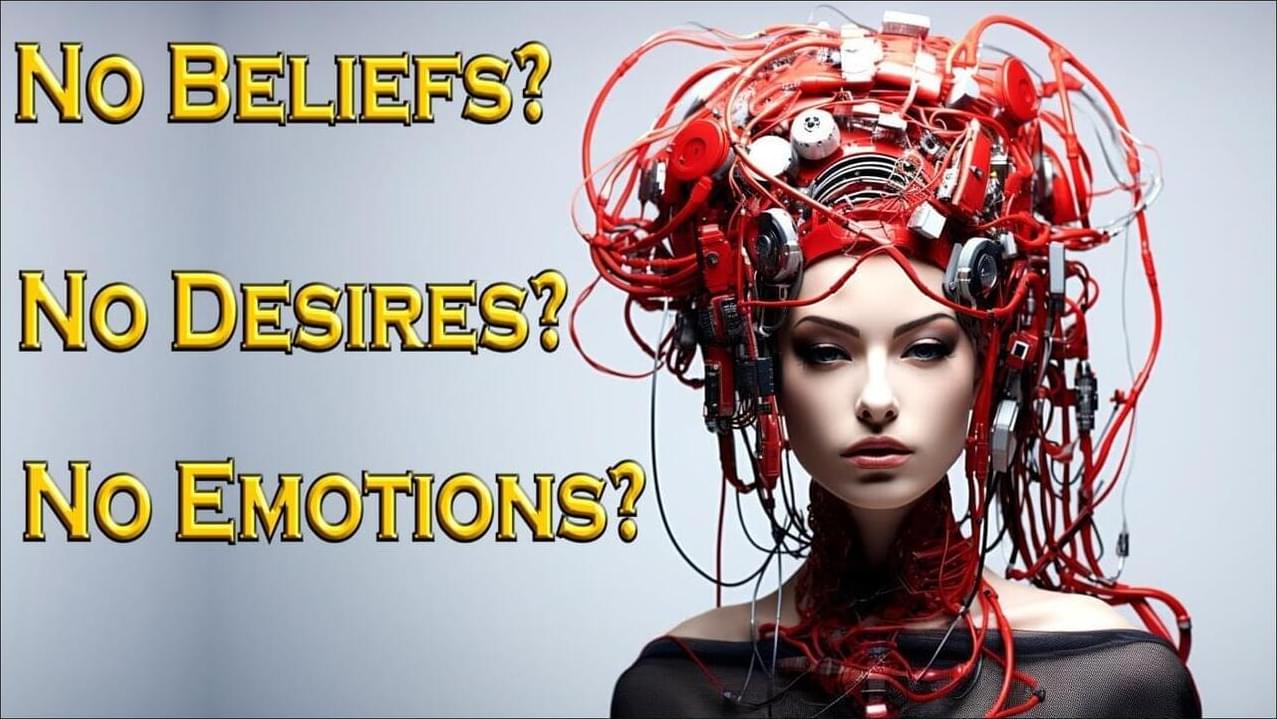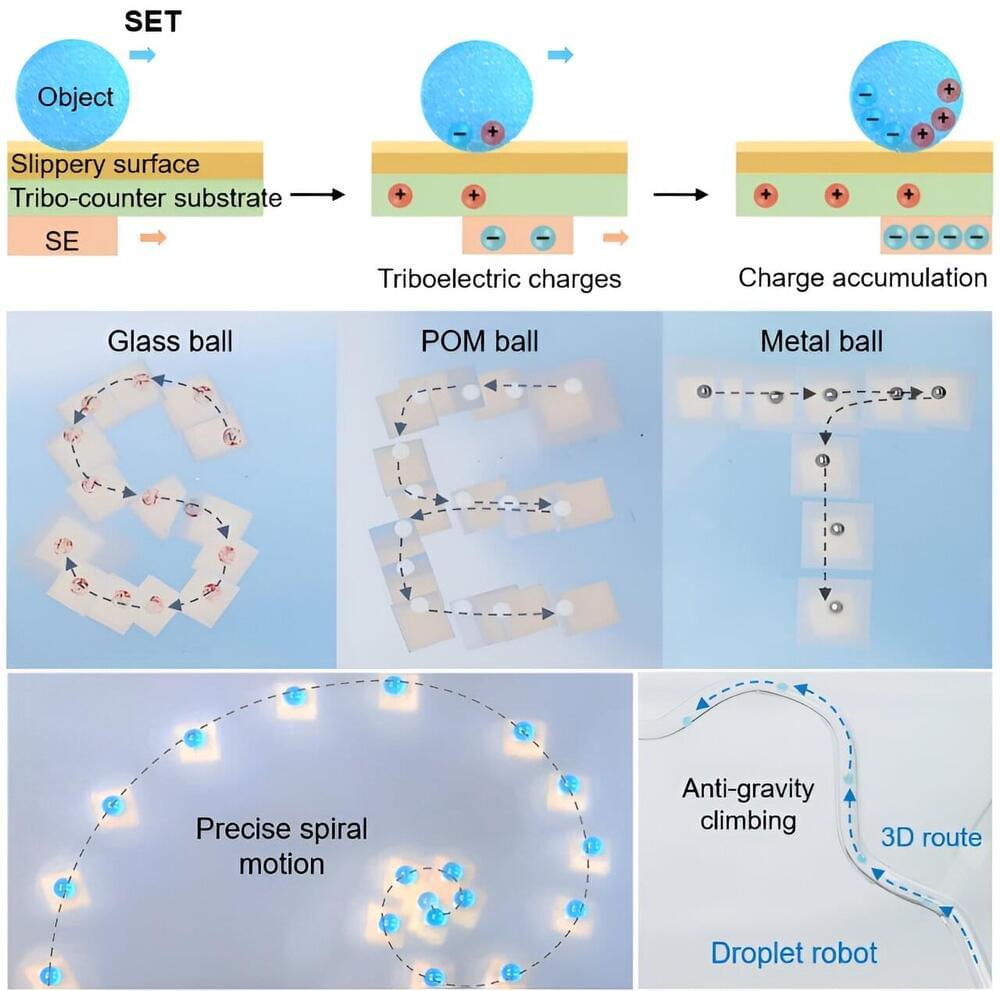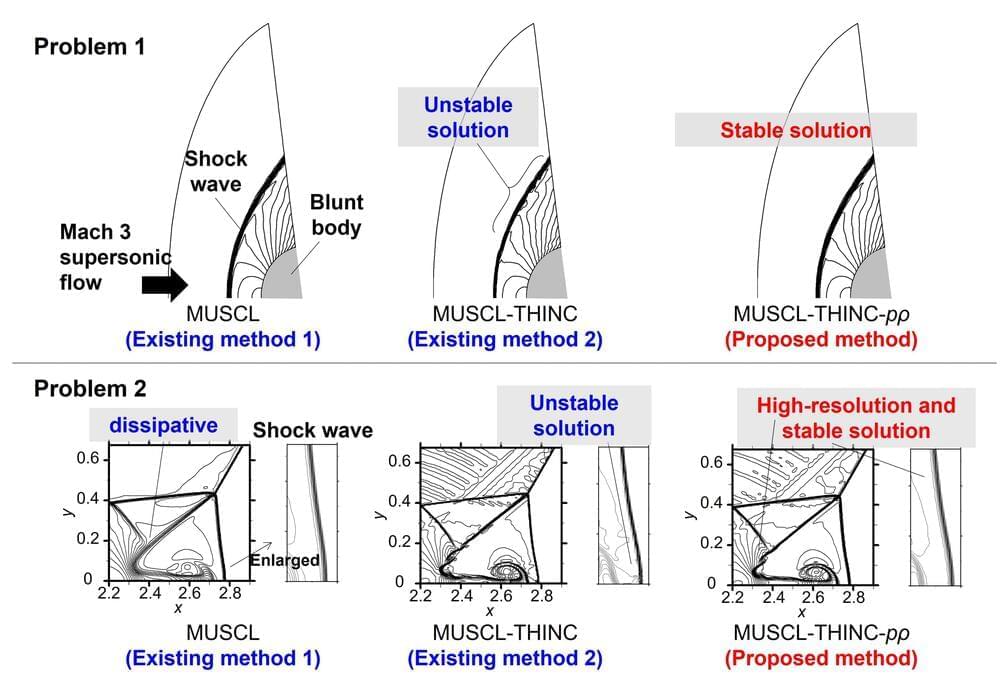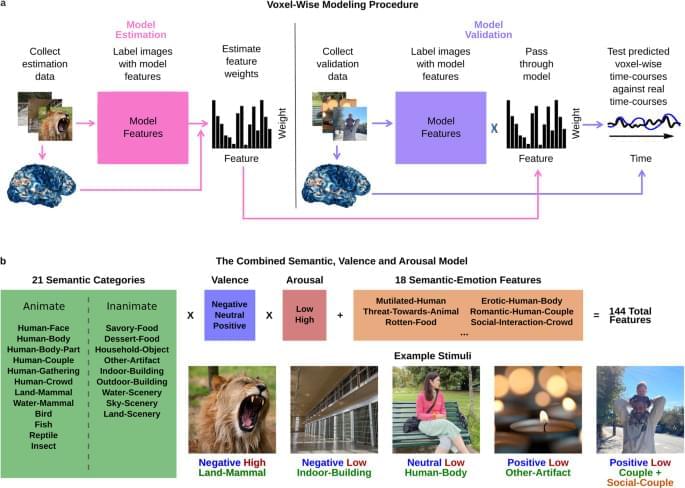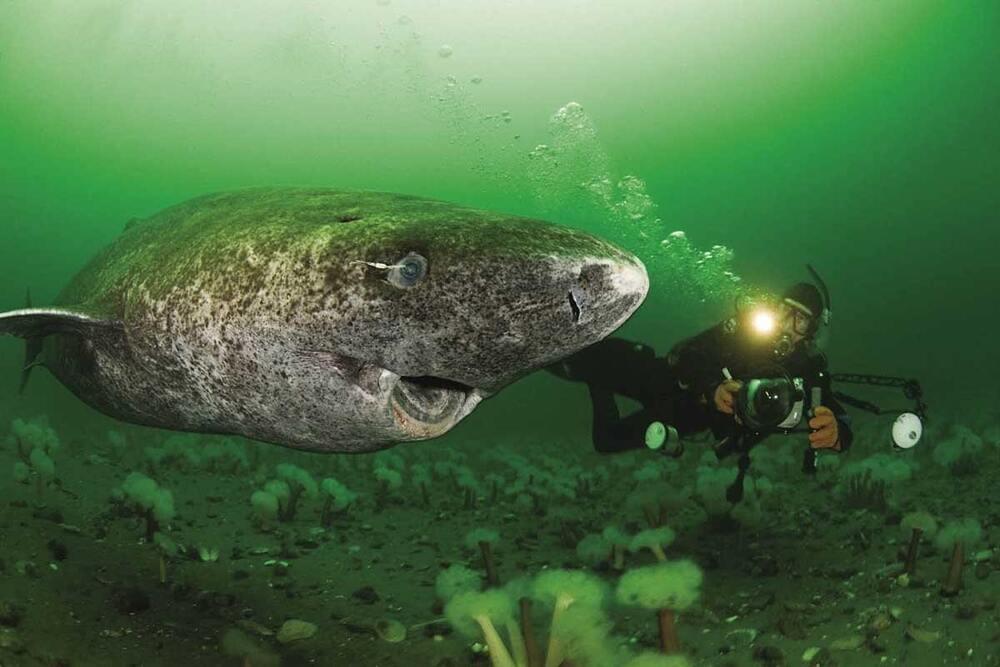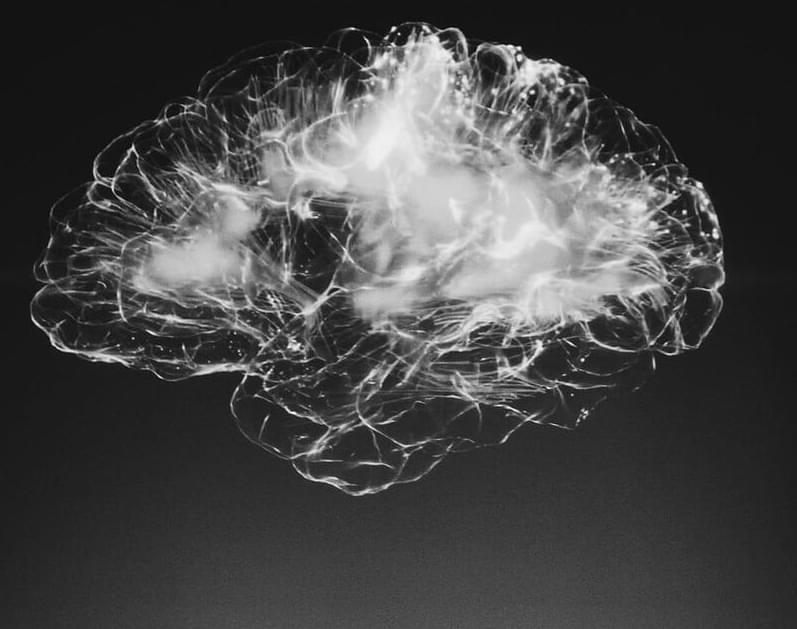Jul 27, 2024
Eliminativism — The Radical Philosophy of the Mind
Posted by Dan Breeden in category: futurism
Eliminativism is a radical philosophical theory that holds that certain folk psychological concepts, such as beliefs, desires, and emotions, do not exist. Eliminativists argue that these concepts are either false or useless, and that we should eliminate them from our scientific and philosophical vocabulary.
This video will explore the philosophy of eliminativism in detail. We will discuss the arguments for and against eliminativism, as well as the implications of eliminativism for our understanding of the mind.
